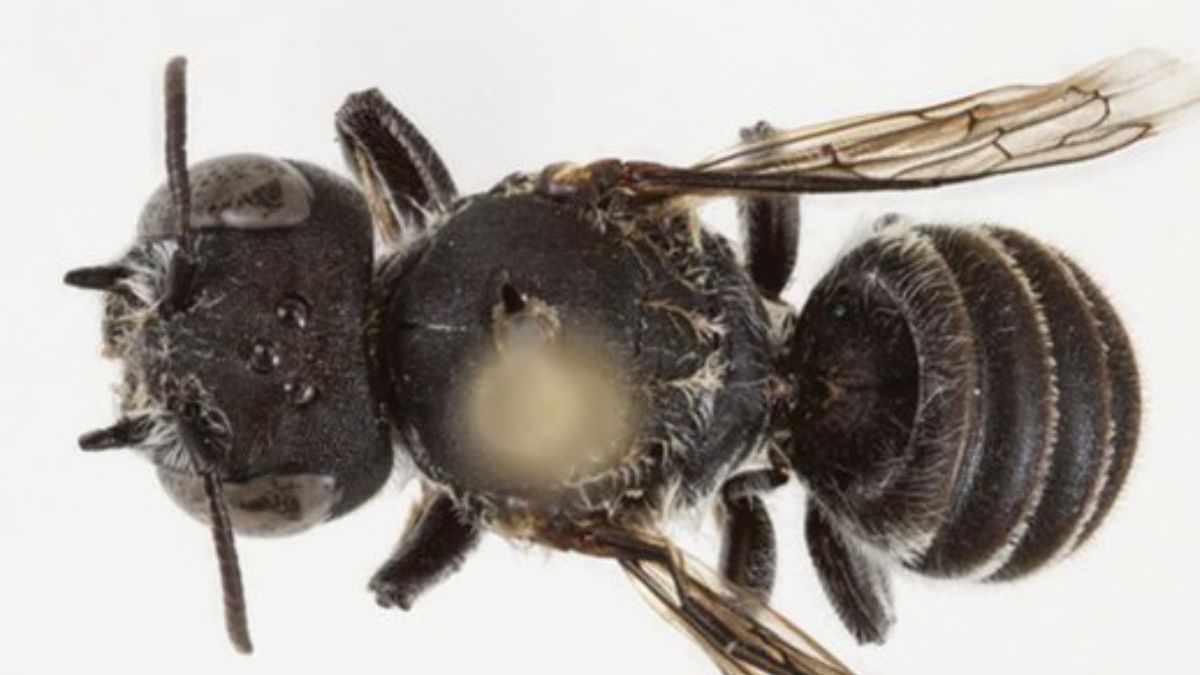After snakes, spiders and sharks, now we have another new creepy critter: a “Lucifer” bee with devil-like horns.
Australian scientists have discovered a new native bee species with tiny horns. While observing a rare wildflower in Western Australia’s Goldfields region, researchers found the “Megachile Lucifer.”
The new species – dubbed Megachile (Hackeriapis) Lucifer – was first discovered in 2019, roaming between a critically endangered wildflower and a native mallee tree in the state of Western Australia, Curtin University announced on Tuesday.
Kit Prendergast at the university’s School of Molecular and Life Sciences was immediately drawn to the insect’s startling appearance.
“The female had these incredible little horns on her face,” she said.
Why is this bee dubbed Lucifer?
A fan of the Netflix TV show Lucifer, she said the name was the perfect fit for the bee’s distinctively devilish appearance.
“It’s the first new member of this bee group to be described in more than 20 years, which really shows how much life we still have to discover,” Prendergast said.
Each of the horns on the bee measure about 0.9 millimetres and scientists note could be used to access flowers, compete for resources, and defend nests, though their exact functions remain unclear. Interestingly, the species’ male bees lack the horns.
Why is this finding significant?
She hopes the discovery will raise awareness about the number of undiscovered species that may still exist, especially in areas threatened by mining.
“Many mining companies still don’t survey for native bees, so we may be missing undescribed species, including those that play crucial roles in supporting threatened plants and ecosystems,” she said.
Quick Reads
View All“Without knowing which native bees exist and what plants they depend on, we risk losing both before we even realise they’re there.”
Almost all flowering plants depend on wild pollinators, particularly bees, but habitat loss and climate change are driving many vital species to the brink of extinction.
Australia has around 2,000 native bee species, more than 300 of which are yet to be scientifically named and described, according to CSIRO, an Australian national science agency.
With inputs from AFP
)